Passing through Chicago’s historic Streeterville neighborhood during a weekday afternoon, you’ll find yourself in a dense grid beset among ornate high rises and seemingly choreographed activity of bustling construction, conversation, and pacing. Although a familiar area for me, this particular destination was new. The tinted glass façade is unassuming, designed to reflect the surrounding architecture and leave you guessing, if even for a second, what’s behind the weathered, revolving door with the matte letters atop that spell Tru.
For almost a decade, Tru has been regarded as one of Chicago’s most prized and exclusive restaurants, collecting a Michelin Star and other coveted accolades for its progressive approach to dining. Today, under Executive Chef Anthony Martin, Tru faces Chicago’s young, and rapidly evolving renaissance of approachable fine dining. On my rare visit, Anthony took me inside his kitchen to explain what makes Tru so inviting and how his bold creativity and artistic presentation is just part of the dining experience. From the start, I felt at ease, despite standing in one of the city’s most secretive kitchens.
“Want to peek into the oven?” Anthony asked, as he extended his long, lean arm to grasp the oven handle, sleeves of his crisply pressed shirt carefully folded, not a ripple to notice.
The wild Muscovy duck, with its caramelized honey, Dijon, orange juice and lemon lime glaze, had been roasting for some time now, but was almost ready for the fresh flower garnish. While Anthony picked apart the flowers that he gathered at a wholesale florist that morning, I had a chance to ask him a few questions in the flow of a conversation.
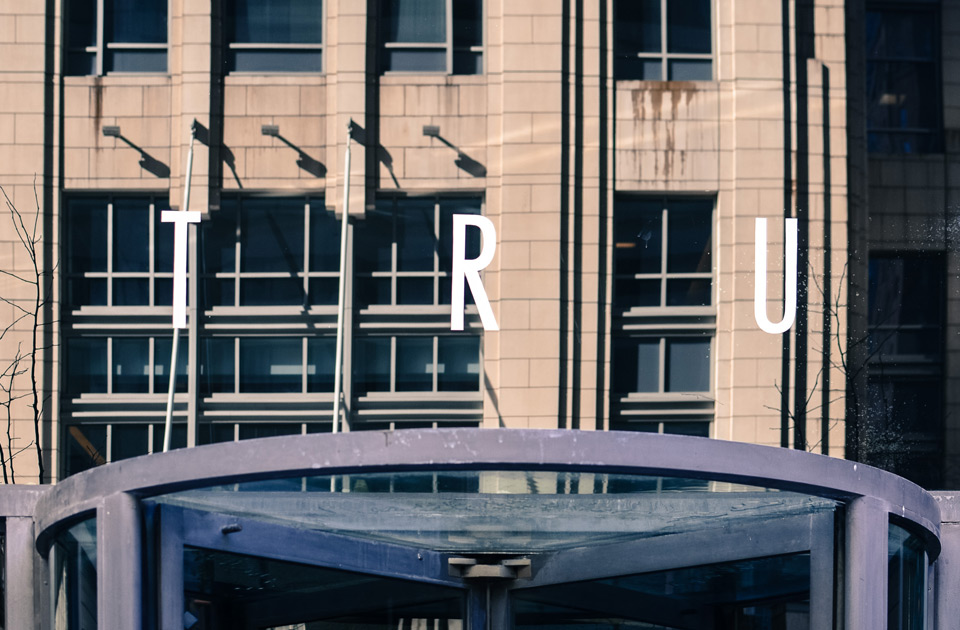
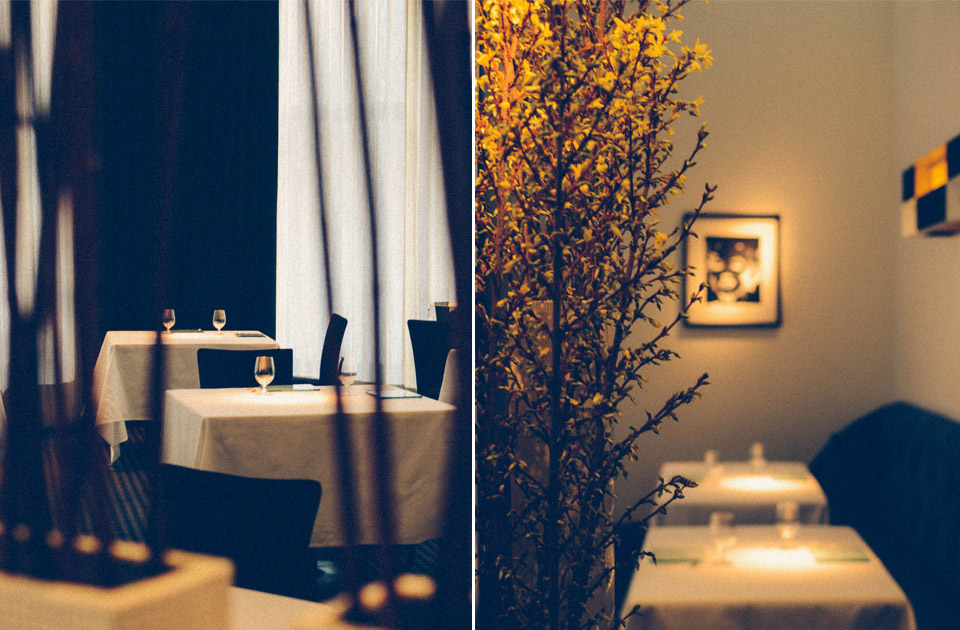
What inspires the menu?
“For us, it’s different. We might get inspiration from architecture, lines on a car, another dish… literally, anything. Like those mustard flowers we tried earlier—our farmer brought them in and said, ‘Look man, I can get you 220 of these because they’re blooming this week, but that’s it.’ So we designed a dish around mustard and pork belly because we had mustard flower on hand.”
It seems like the dishes are very design-driven. Is it true that you actually sketch your dishes in preparation?
“All the time. I can visually see the finished dish, the texture, and the color, and then execute the vision exactly as I see almost every time just based on this rough sketch.”
One example that Anthony made sure to point out was last month’s Valentine’s Day menu, which was created specifically for one night.
“Unfortunately, the crew had no time to practice the dishes, we had to be ready that night and the sketches saved us a lot of time which really allowed us to progress quickly.”
While the sketches and notes looked rushed and rough through my lens, Anthony’s orderly nature made more and more sense.
“It’s very exciting for me to keep a small staff in the kitchen, and be able to do a couple thousand plates on Valentine’s Day in a timely manner.”
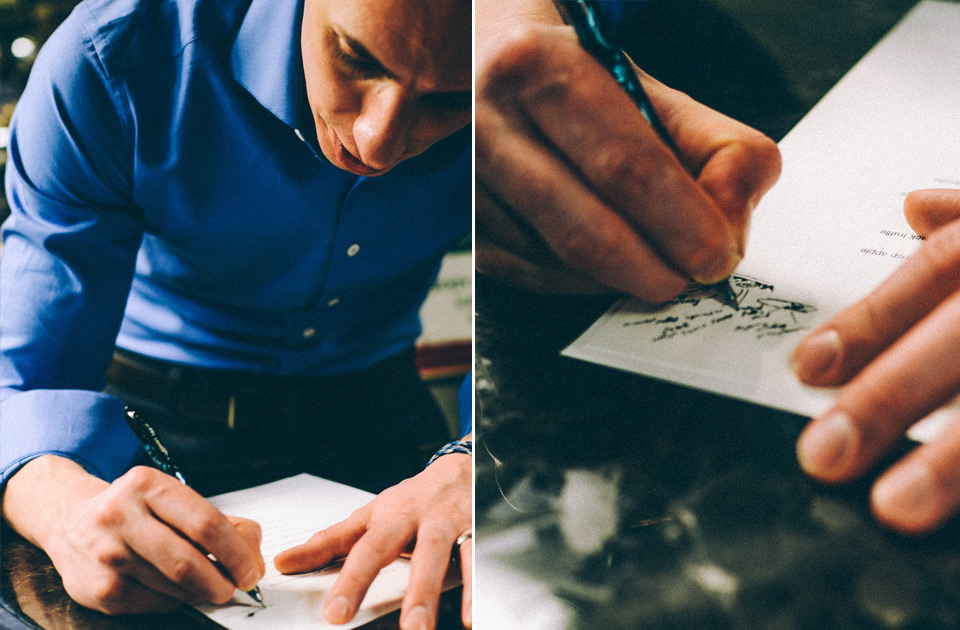

Have you seen other chef’s sketch their dishes out?
“It’s very similar in Japan, where the chefs will sketch the dishes in even finer detail. They actually go into dimensions. The culture is very different; they approach their technique as a blueprint, and that’s how I treat my technique.”
What was dinner like at home when you were growing up in small-town Ohio?
“It was certainly a cultural experience. My mother’s side of the family came from Italy just a few generations prior, so while the food was always there, it wasn’t the main focus for me. Now that I think about it, dinner was all about having a good time and seeing people come together, and I think that’s exactly what got me into hospitality without even knowing it.”
How does that sense of hospitality translate to the dining room just outside of this kitchen?
“I try to set everything up in a way that is very comforting. It’s often intimidating to walk into a fine-dining atmosphere and to worry about whether the knife is on the right side, or what fork to use, so while we provide an elegant and luxurious space, we tear all the pretentiousness and stuffiness out of it. We allow you to focus on the experience—on the food, on the conversation. I want people to come here and chill out.”
What about culinary school pulled you in?
“It was all about the artistic outlet. I knew that I didn’t want to sit in an office all day, so visiting the school and seeing the energy from all the chefs really pulled me in. I noticed how fast-paced and interactive it was—from breaking down the fish, to smelling the sauces, so just seeing the kitchen environment consumed me. Even after school, working in kitchens confirmed that I absolutely loved it. I loved the hours, the demand, everything about it. It was a good fit.”
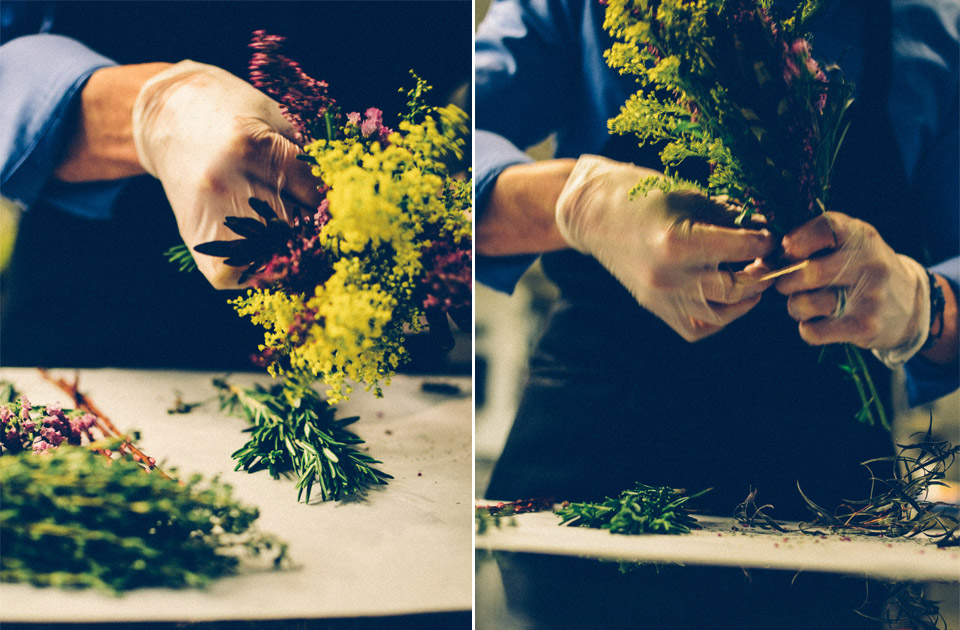
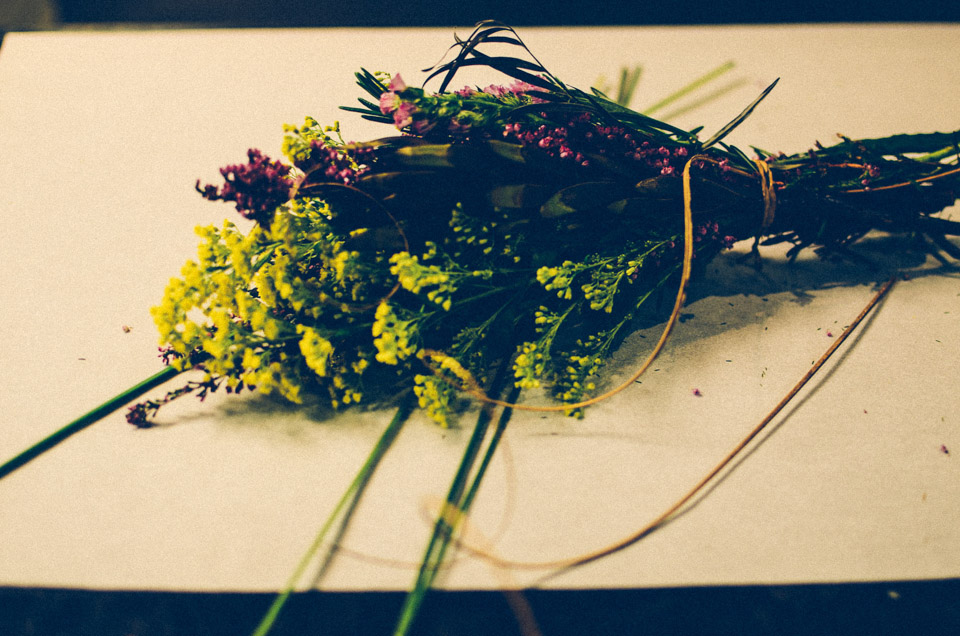
Of the people that you’ve worked with in the past, who inspired you the most?
“There are three people that have inspired me tremendously. The first chef that I worked for was Guenter Seeger. He changed his menu daily, depending on what the farmer brought in, and he was a very old-school, demanding, physical, and verbal; just a hardcore guy to work for. He really instilled an appreciation for working with different products and respecting beauty and respecting the season to the max. Then, I helped Alex Strata at the Wynn in Las Vegas. He just blew my mind with how personable and caring he was with everyone in the kitchen. It was a very eye opening experience to see the drastic difference between those two. Finally, in my four years under Joel Robuchon I got to see how he runs things at a world class level and treats his profession with the absolute highest standard.”
What’s your impression of Chicago’s food scene today?
“I’m probably biased because I’m a chef in Chicago, but I’ve been to quite a few large cities and I feel like Chicago has a more in-depth sense of culture. The Chinese restaurants are more Chinese, and the French restaurants are a little more French; you can feel more heritage and more culture in Chicago.”
At this point, it was hard to think of anything other than the golden, sizzling duck being dressed in front of me. The glazed core was topped with pepper, coriander, and cumin, and finished with a lime zest, which gave it a huge scent of citrus and floral spice. Anthony admits that he would rarely order duck elsewhere, because it’s easy to get it wrong, but even his staff would come in on their days off to order this dish. Having tried it later, I knew why. Typically, the entire duck, with flowers exploding out of it, comes to the table for presentation and then taken back into the kitchen to get sliced and topped with even more flavor. The sauce is a reduction of duck bones, along with sugars from the original citrus glaze. The sliced breast is finally served with the sauce on a beautiful Versace plate, as another reminder that fashion and attention to detail is not only an attribute of Anthony’s custom suit from Frederick Lynn Haberdasshere, but also an emphasis in the restaurant as a whole.
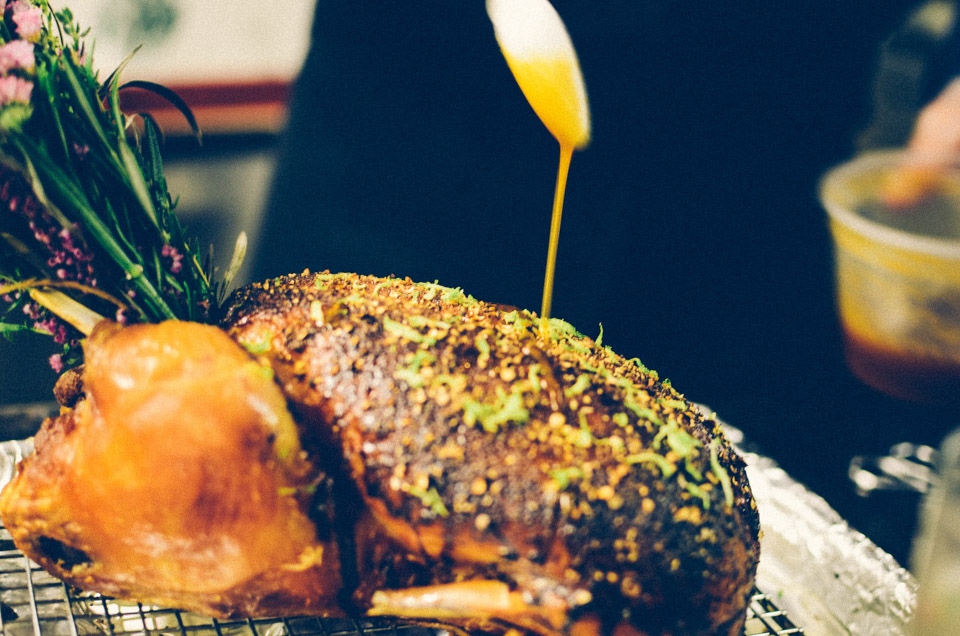

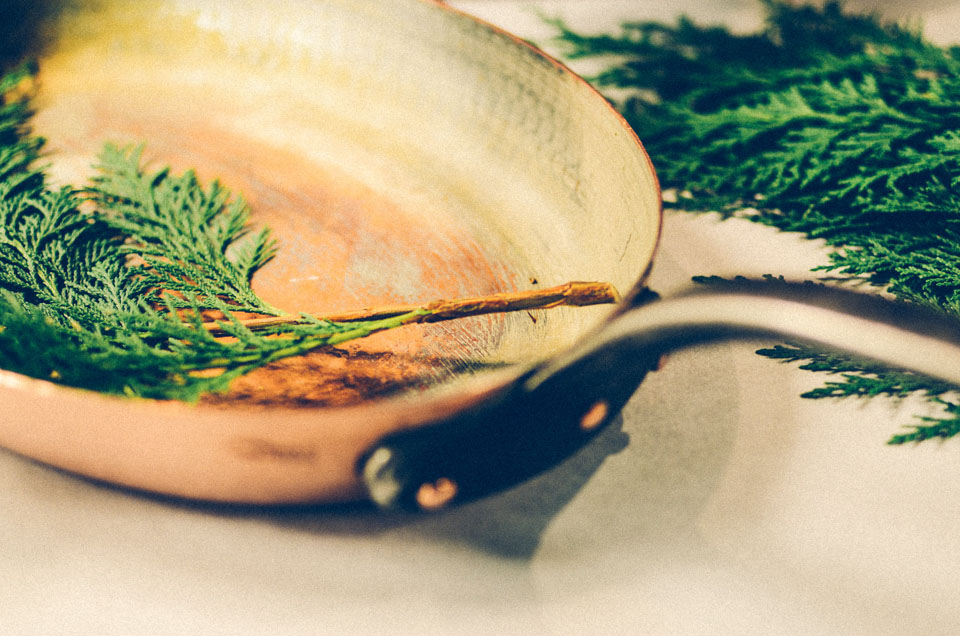
How do you attribute your personal style to the restaurant?
“The first thing you encounter is the space. The design of the restaurant can usually tell you how the food is going to be. There are touches of whimsical features and bright colors, and you’ll notice that in the food. In general, fashion and food have a lot in common, even in the seasonality of the two. There is harmony in the way that the duck gains weight in the winter to stay warm, and how our fabrics are heavier and have more texture. Root vegetable come in from the ground and the colors are muted, and it’s very similar with fashion in the same time of year – it’s fascinating how related everything is, like an ecosystem.”
What’s the next step for Tru?
“There’s always something in the works. There is nothing I’m not willing to change to keep evolving.”
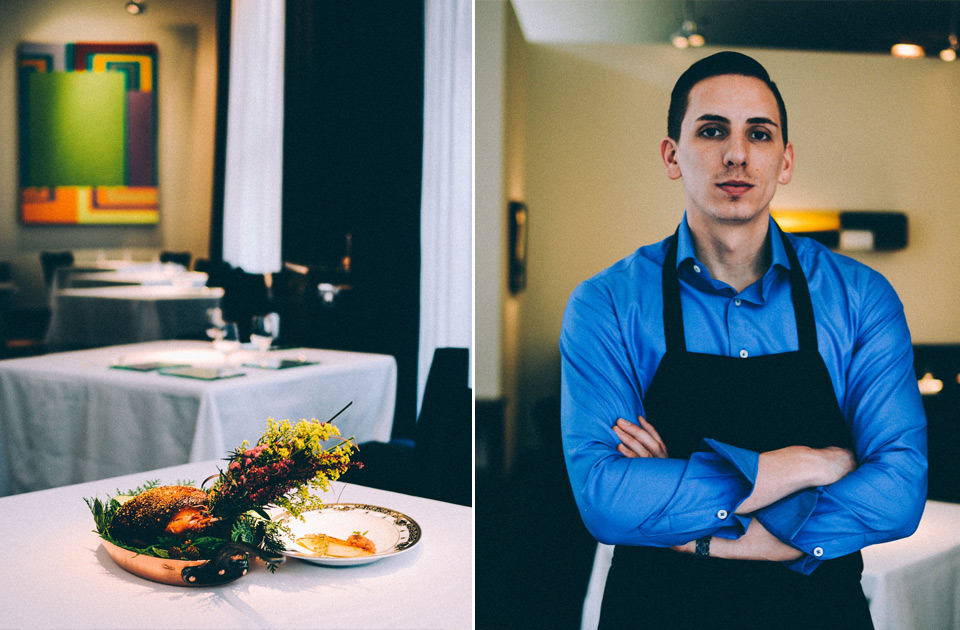
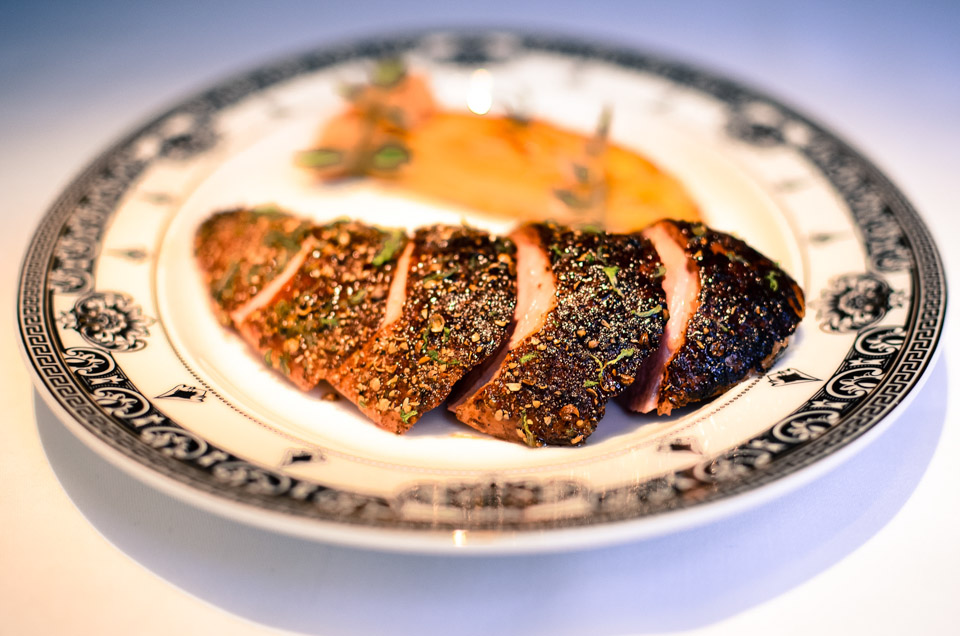
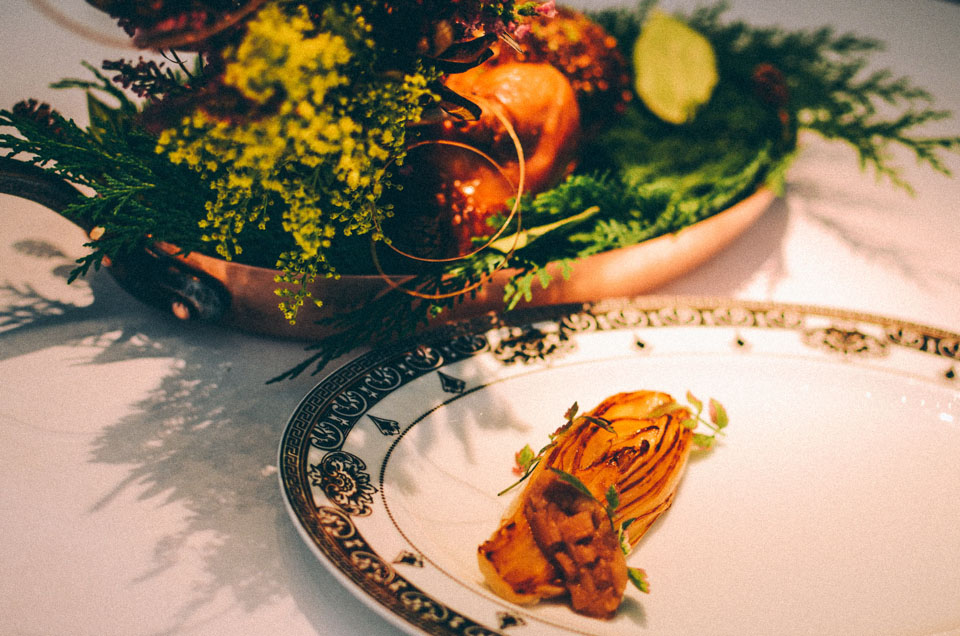





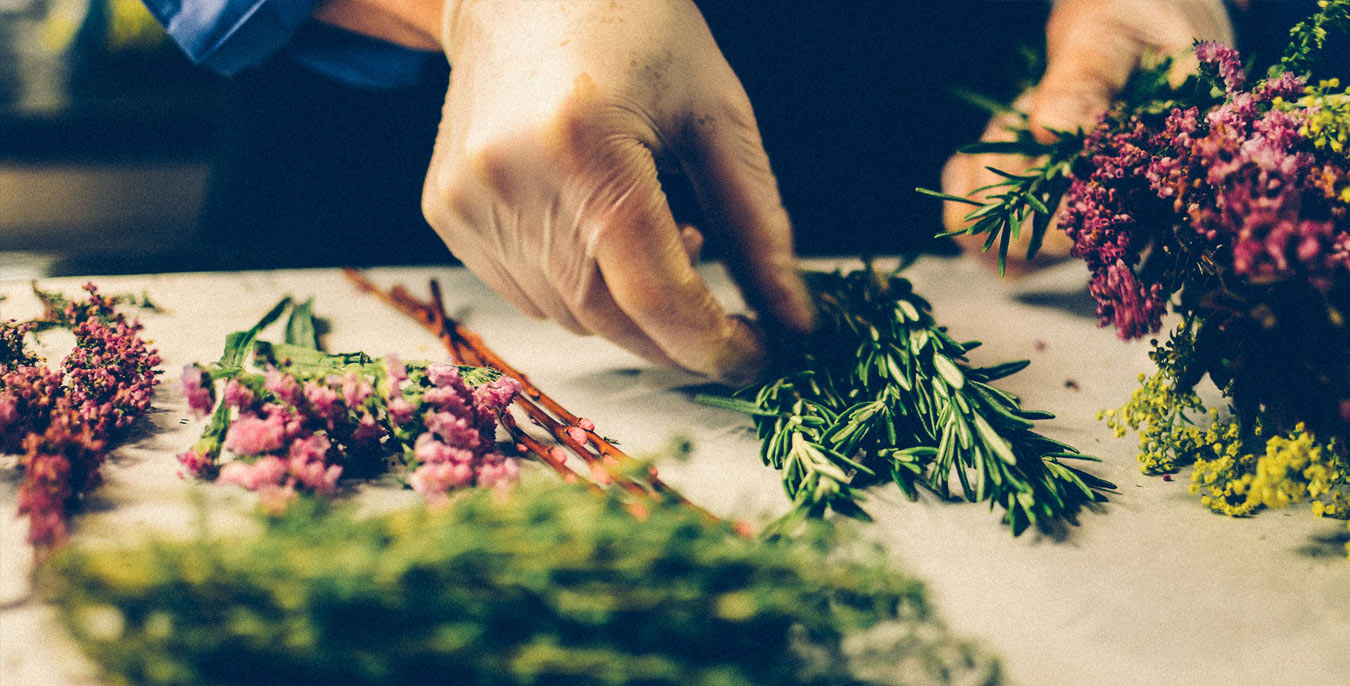

Our comments section is for members only.
Join today to gain exclusive access.